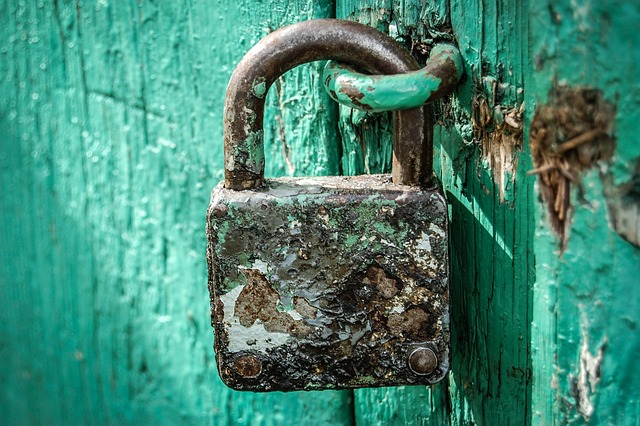Seniors require specialized safety measures due to age-related physical and cognitive changes. Wearable devices and smart home systems like medical alert systems, fall detection tech, senior-friendly security cameras, and motion sensor lights enhance independence and provide quick emergency responses, catering to the specific needs of elderly individuals while promoting peace of mind for both seniors and their families.
With an aging population, ensuring the safety and well-being of seniors at home has become a paramount concern. This article explores comprehensive solutions to enhance senior home safety systems, addressing their unique needs in our modern world. We delve into wearable safety devices, such as medical alert systems for seniors and fall detection technologies, transforming elderly home monitoring into a seamless process. Additionally, we discuss integrating smart home technology, including security cameras and motion sensor lights for seniors, and the critical role of emergency response systems in senior care.
- Understanding the Unique Safety Needs of Seniors
- Exploring Wearable Safety Devices for Elderly Individuals
- Integrating Smart Home Technology for Enhanced Protection
- The Role of Emergency Response Systems in Senior Care
Understanding the Unique Safety Needs of Seniors
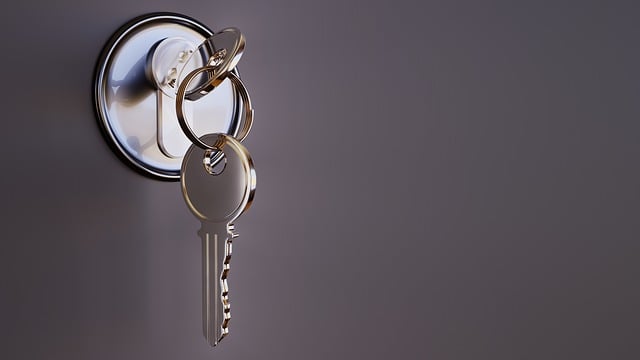
Seniors have distinct safety requirements compared to younger individuals due to age-related physical and cognitive changes. As they may face challenges with mobility, balance, and reaction times, traditional safety measures might not be sufficient for their protection. This is where wearable and smart home safety devices step in as game-changers, offering tailored solutions for senior home safety systems.
Implementing elderly home monitoring technologies, such as medical alert systems for seniors and fall detection devices, can provide peace of mind for both seniors and their families. These systems enable quick emergency response times through automatic or manual alerts, ensuring prompt assistance during falls or other medical emergencies. Additionally, smart home features like motion sensor lights for seniors and senior-friendly security cameras enhance independence while improving overall living conditions.
Exploring Wearable Safety Devices for Elderly Individuals
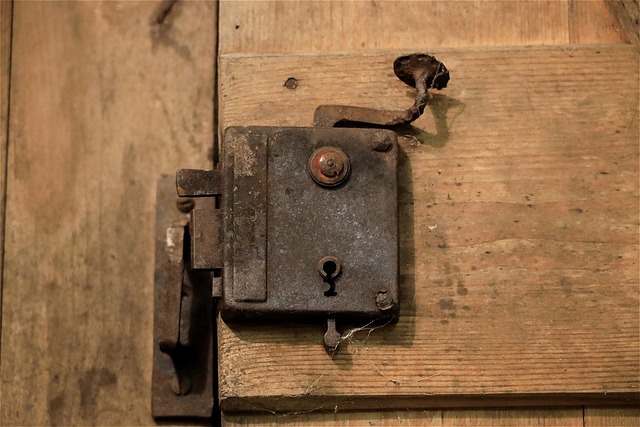
The world of wearable technology offers a promising solution to enhance the safety and independence of elderly individuals, especially those living alone in senior homes or managing age-related health conditions. By incorporating various devices into their daily routines, seniors can gain added protection and peace of mind. Wearable safety devices for the elderly range from medical alert systems that enable quick emergency responses to fall detection sensors that notify caregivers or family members in case of an accident. These innovative solutions are designed with senior-friendly features, ensuring ease of use despite any physical limitations.
Elderly home monitoring has never been more accessible with smart home safety systems tailored for their needs. Security cameras with motion sensors can detect unusual activity and alert users or care teams, while motion-activated lights improve visibility and reduce the risk of falls. These devices provide a comprehensive approach to senior protection, addressing not just emergency response but also everyday safety concerns. With the advancement in technology, seniors now have more control over their well-being, allowing them to age gracefully and securely in the comfort of their homes.
Integrating Smart Home Technology for Enhanced Protection
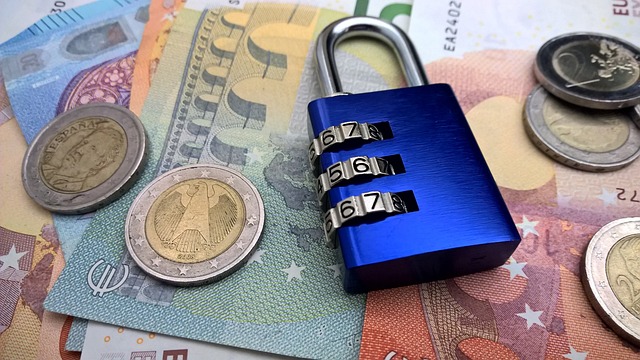
Integrating Smart Home Technology offers a revolutionary approach to enhancing senior protection and promoting independent living. By incorporating various devices into their homes, seniors can benefit from an interconnected safety network. For instance, fall detection devices that automatically trigger alerts when a fall is detected can provide immediate assistance, ensuring prompt response times.
Medical alert systems for seniors, coupled with smart home security cameras designed with senior-friendly features, enable remote monitoring by caregivers or family members. Motion sensor lights and emergency response systems further contribute to a safer environment, as these innovations not only assist in mobility but also offer peace of mind by enabling quick action during emergencies.
The Role of Emergency Response Systems in Senior Care
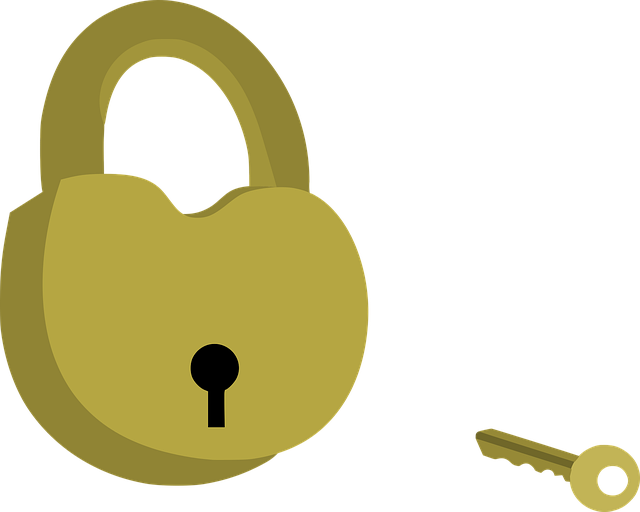
In the realm of senior care, ensuring the safety and well-being of elderly individuals is paramount. This is where emergency response systems play a pivotal role, acting as crucial tools for enhancing senior home safety systems. These innovative solutions, such as medical alert systems for seniors and fall detection devices, enable prompt assistance during emergencies, fostering a sense of security among the aging population. By integrating smart home safety for elderly into their daily routines, care providers can efficiently monitor activities within elderly homes, ensuring peace of mind.
Elderly home monitoring has evolved significantly with the advent of senior-friendly security cameras and motion sensor lights. These devices not only deter potential hazards but also provide valuable insights into an elder’s well-being. Motion sensors, for instance, can detect unusual activity patterns, alerting caregivers or family members if a fall or other incident occurs. Similarly, security cameras offer remote monitoring capabilities, allowing loved ones to check in at any time, ensuring the safety and comfort of their elderly relatives.
As we’ve explored, seniors have unique safety needs that require tailored solutions. Wearable safety devices, integrated with smart home technology, offer a comprehensive approach to enhancing their well-being. Medical alert systems, fall detection devices, and senior-friendly security cameras provide peace of mind while empowering elders to maintain independence. Motion sensor lights and emergency response systems further bolster their safety nets, ensuring they’re supported both at home and in the event of an urgent situation. Embracing these innovations is crucial for creating a safer and more secure environment for our aging population.
